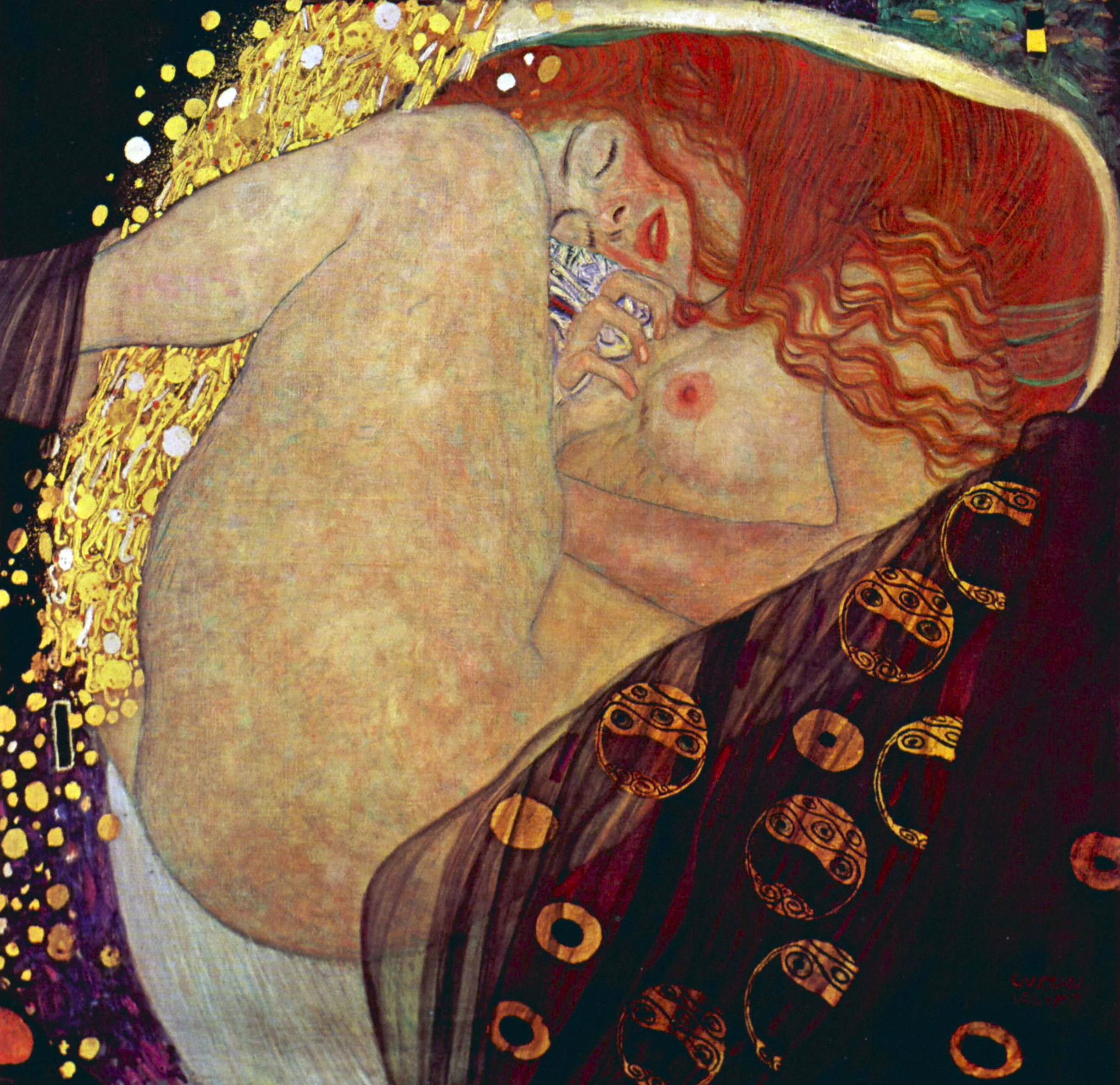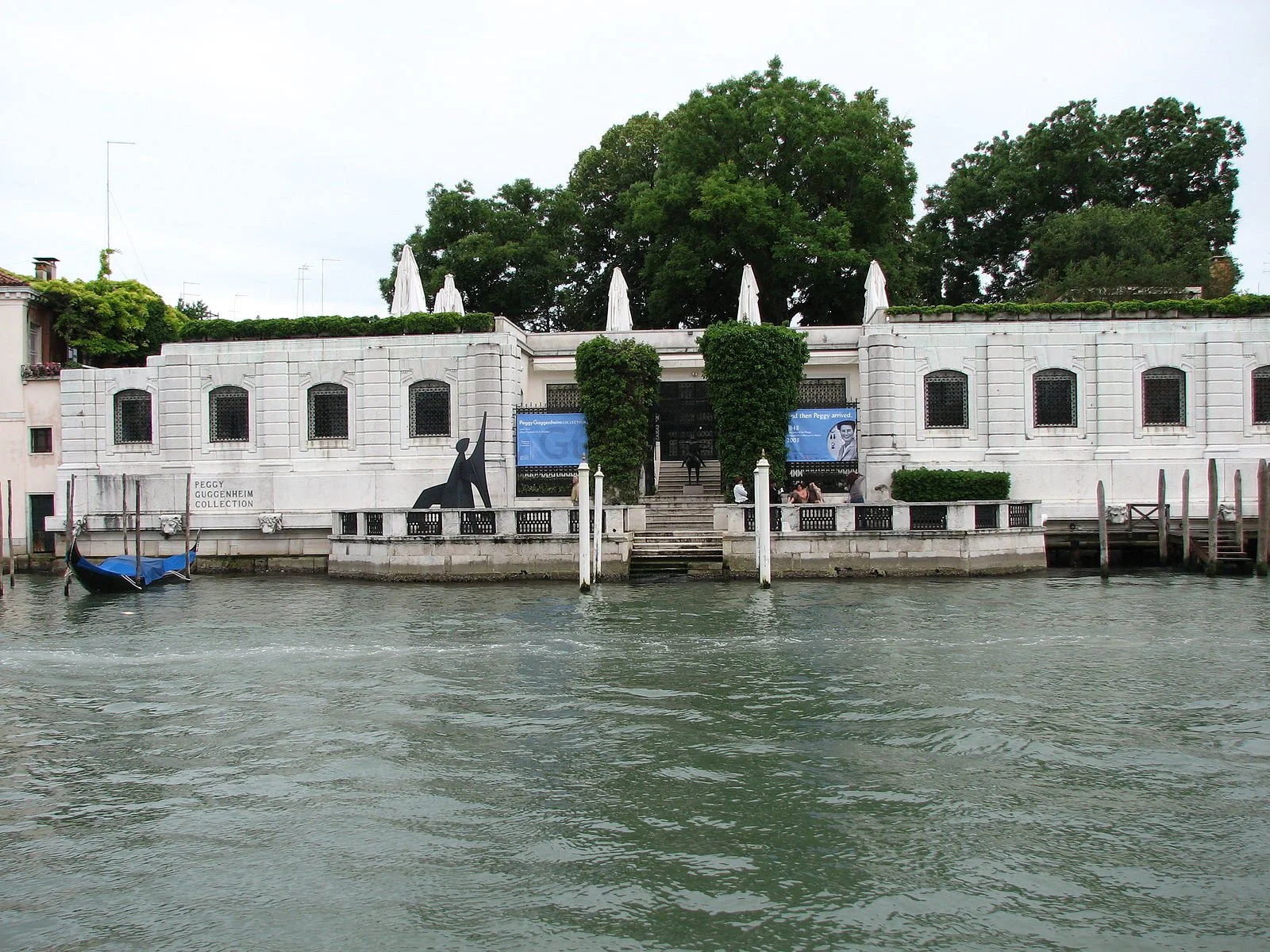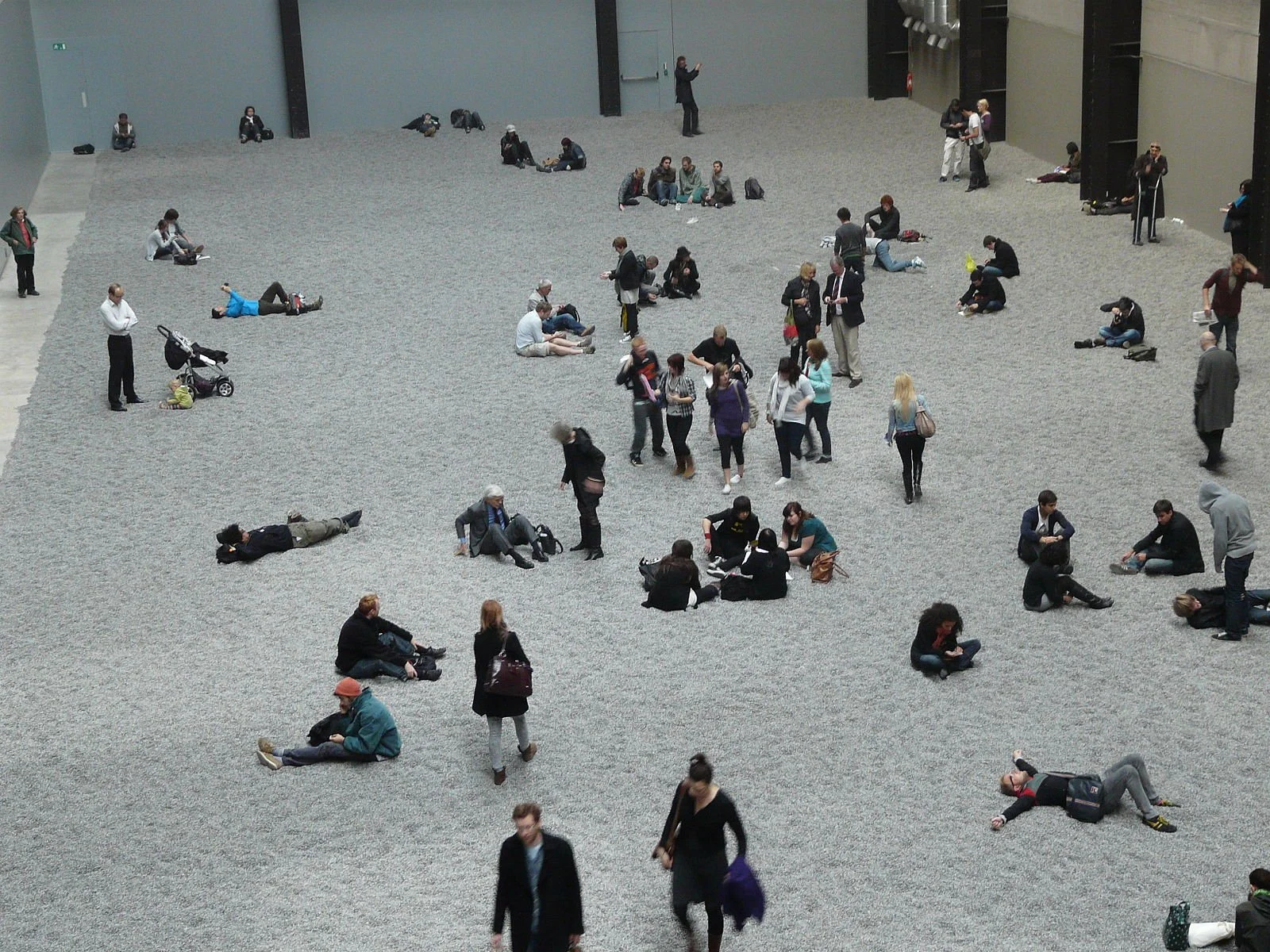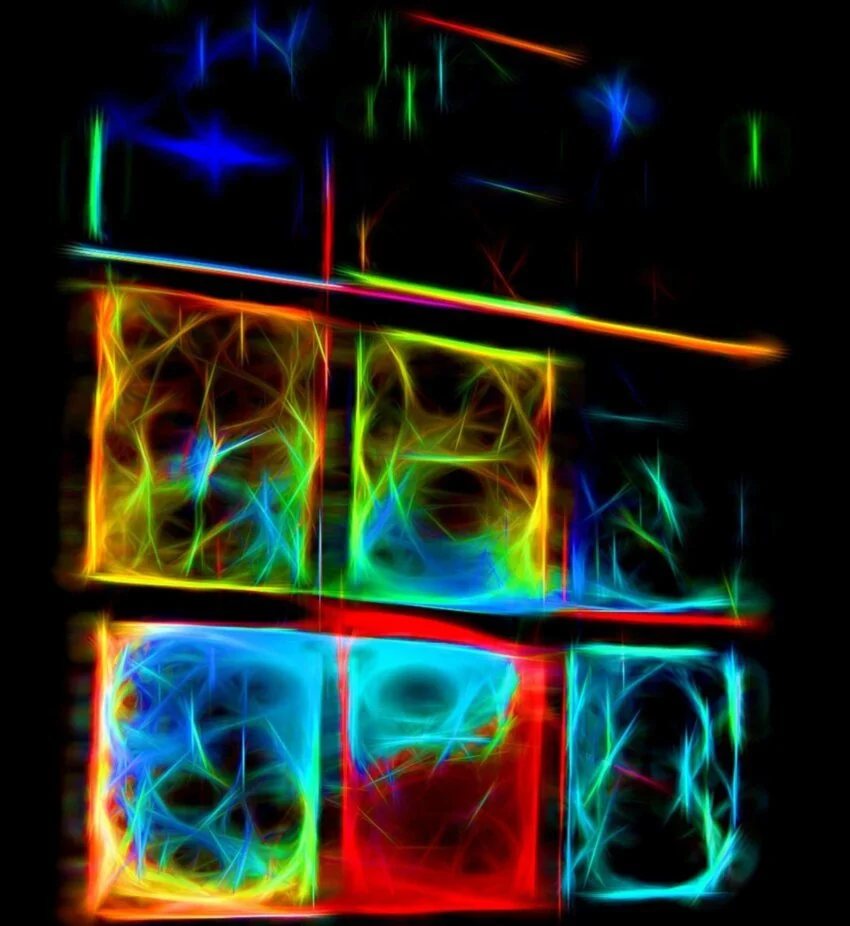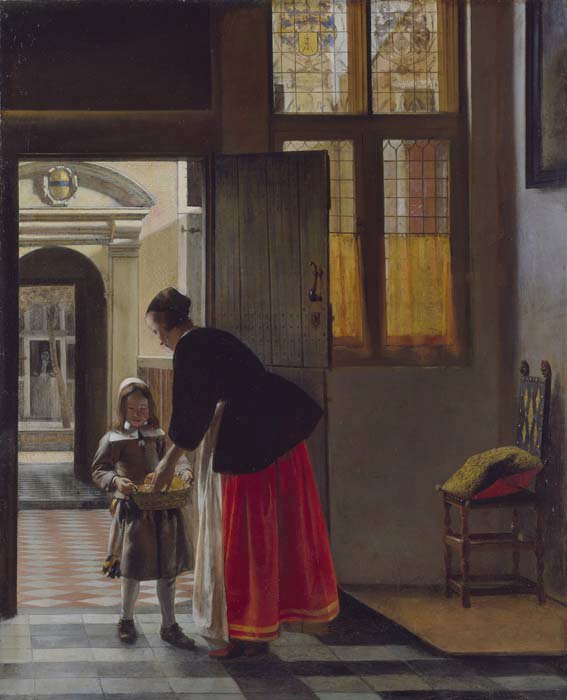I give lectures, public talks and gallery tours on a range of subjects across art history, modern and contemporary art. These have included for Christie's Education, the National Gallery, the Royal Academy of Arts, University College London, the Victoria & Albert Museum, One Day University in the US, the
John Hall Venice course, and the art and literary festivals at Bath, Hay, Cheltenham, Cambridge, Chatsworth and Dublin. I regularly deliver digital talks including Zoom lectures, Instagram and Facebook Live events and Crowdcast broadcasts which have reached audiences of many thousands of people across the world.
Since 2021 I have also been a lecturer for the Arts Society, giving talks on a wide range of subjects from the Women Impressionists, Cézanne and Peggy Guggenheim to decoding contemporary art, the secrets of the Royal Collection and the history of self-portraiture. Below you can find brief descriptions of some of the subjects I'm currently lecturing on:
The Body in Art
The human body is central to our understanding of ourselves and the world. In this lecture I uncover the extraordinary ways in which artists have represented and re-thought the body through time, across cultures, and in different media. We uncover a wealth of material, including the Argentinian cave paintings of 11,000 BCE that both utilised the body and captured its form for posterity; the idealised bodies of classical Greece; Bronze Age death masks and Mexican clay figurines; Yoruba ritual sculptures; the Renaissance bodies seen as the site of suffering and redemption; the contemporary paintings of John Currin and the body art of Hannah Wilke and Valie Export. This is the story of art seen through the lens of the body: its identities and complexities, its beauty and horror, emotions and beliefs, the spaces and the absences it points to – about what it means to be human.
Cézanne: The Unlikely Father of Modern Art
Cézanne is renowned as the great 19th-century painter of still lives and bathers, French peasants and the Mont Sainte-Victoire, working in the most traditional of genres, from landscape to portraiture. But in his work of the 1880s, ‘90s and early 1900s, he began a revolution in painting, creating what the art historian Ernst Gombrich called ‘a landslide in art’. His ever-more courageous, ‘modern’ mode of painting – which insisted on conveying the essence of a subject rather than its mere ‘impression’ – showed a radical disregard for the realism dominant since the Renaissance and pointed the way to the increasingly abstract experiments of the 20th century. But how was it that a reclusive, deeply devout anti-modernist came to be the founder of modern art, a towering figure described by Matisse as ‘the father of us all’? And where is his influence still in evidence today?
Splendours and Secret of the Royal Collection
The UK’s Royal Collection contains over a million objects – paintings and works on paper, tapestries, furniture and jewels, photographs and decorative arts, carriages and armour, clocks and musical instruments, manuscripts and books. This talk reveals the dramatic histories of some of the most spectacular objects that make up one of the world’s greatest art collections. I delve into the back stories of a tiara smuggled across revolutionary Europe, an Italian masterpiece accidentally rediscovered, the world’s most extravagant doll's house, Fabergé eggs made for the Russian Imperial family, a royal coach containing precious fragments of the Mary Rose and Canterbury Cathedral, and a grasshopper wine cooler at the cutting edge of modern design art.
Women Impressionists
At a time when women were frowned on for being out in public without a guardian, when they weren’t allowed into the cafes that male artists could frequent, and when serious art was still seen as ‘men’s work’, this lecture looks at the daring women who braved social stigma and fought against the odds to become some of the most important of the Impressionist painters. From Berthe Morisot – a founding member of the Impressionist movement – and the American Mary Cassatt to the lesser-known Marie Bracquemond and Eva Gonzalès – I explore how these women artists made Impressionism their own. How did their subject-matter, styles and attitudes differ from their male counterparts? And why – despite many of them being hugely successful and critically admired during their lifetimes – have they been largely written out of the history books?
Me, Myself and I: Self-Portraiture Through the Ages
The art of self-portraiture has created some of the most moving and memorable images in history. This lecture reveals how self-portraits have shifted over time, from artists depicting themselves as gentlemen and thinkers in an age when their social status was low, to the 17th-century reframing of the artist as visionary, a change that reached its zenith with the modern cult of the artist-poet. From autobiography and fiction to masks and mirrors, we look at this most personal and revealing of artistic genres, revealing how and why artists from Michelangelo and Dürer to Rembrandt and Van Dyck relentlessly made images of themselves in their explorations of the world. How important is likeness and ‘truth’ in self-portraiture? How have artists expressed the very different facets that make up identity – from the physical to the cerebral, the familial to the national? The lecture comes right up to date, looking at the work of Frida Kahlo, Andy Warhol, Cindy Sherman, Marc Quinn and Marina Abramovic among others, to explore what it means to make self-portraits today, in our image-saturated age of smartphones and selfies.
‘A Picture A Day’: Peggy Guggenheim and the Birth of Mid-Century Modernism
This is the story of how the socialite and muse Peggy Guggenheim became one of the greatest collectors in the history of modern art. Friends with the leading cultural figures of her day – including Cecil Beaton, Jean Cocteau, Barbara Hepworth, Ian Fleming, Djuna Barnes and Igor Stravinsky – she was photographed by Man Ray and André Kertesz, took advice from Marcel Duchamp and married – among others – the artist Max Ernst. She moved with ease between the social elites of New York and the bohemia of Paris. This talk asks why it was that – seemingly out of the blue – Guggenheim started collecting contemporary art in the 1930s? What impact did her subsequent galleries in London and New York have on artists and the wider art world? How and why did her name become inextricably linked with the city of Venice? And how did a New York heiress end up playing such a pivotal role in the making of mid-century Modernism?
The Era of Anything: Decoding Contemporary Art
Many of us find contemporary art challenging, strange, provocative or downright silly. How are we meant to respond to and appreciate art that so often seems to provoke, to reference its own (sometimes arcane) histories, to shock or confound? This lecture helps to unravel the step changes in art that have taken place since the 1870s, exploring how we got from Impressionist paintings of light-dappled rivers to the interactive, immersive, ephemeral and ‘post-medium’ art of today. In a world where anything now goes, how might we learn to look at, and confidently assess, the latest developments in art? This is a highly informed but entirely approachable guide to the very best in contemporary art, aimed at giving you the tools to appreciate, critique and judge today’s art for yourself.
Art and Technology Today: New Frontiers
Science fiction writer Arthur C. Clarke’s third law of technology famously proposed that ‘any sufficiently advanced technology is indistinguishable from magic’. This lecture looks at how the new technologies of Artificial Intelligence, Virtual and Augmented Reality, 3D printing and Big Data, wearable tech and location-tracking, live-streaming and projection mapping are changing the way art is made and experienced – asking where technology will take artists and the art world in the next decade. These technologies are currently futuristic and experimental – and have their limitations – but I explore how they are set to develop as technology is becoming ever-more integral to our daily lives. Along the way, we discover some of the most powerful examples of immersive tech art, from virtual reality firework displays over China’s Forbidden City to 3D mappings of a Pharoah’s tomb, and reveal how technology is transforming the ways in which art is promoted and discovered, bought and sold, archived, understood and experienced.
The Art World: An Insider’s Guide
Have you ever wondered what really happens in an artist’s studio? What goes into making a blockbuster exhibition? How publishers decide which artists and movements to promote? Who gets to say which artists win the top prizes? Or how priceless artefacts are safely (often secretly) shipped across the world? This lecture reveals all, showing how the art world is a fascinating microcosm: a global network of subcultures with its own rules, rituals and customs. But while it tends to exclude the uninitiated, this talk aims to open the door wide on the art world’s hidden infrastructures and workings, inviting you in to discover how it all knits together. Ranging from museums to commercial galleries, public art to the auction houses, this lecture gives the inside scoop on the art world's key institutions, activities and players.
Biennials – and Beyond
From São Paolo to Sharjah and Liverpool to Gwangju, the biennial has arguably become the favourite mode of exhibition-making in the 21st century. Scarcely a week goes by when some city or province isn’t celebrating the visual and performing arts with a provocatively themed mega-exhibition, purporting to take the temperature (more or less successfully) of the world’s latest art. Tracing the biennal’s surprising roots back to Venice in the 1890s, I look in this lecture at how the world's first such exhibition was a proto-nationalist, conservative display of art, how it morphed into the avant-garde international extravaganza we know today – and how it birthed a lively global artform that shows no signs of abating.
How Art Can Save Your Life
Art isn’t something distant or elevated from real life - it’s at the very heart of human experience and a tonic for contemporary pressures. As the American painter Dorothea Tanning wrote, ‘Art has always been the raft onto which we climb to save our sanity’. Drawing lessons from the worlds of mindfulness and slow looking, I look at the best works to turn to for our most common moods, emotions and experiences - whether it's the solace we seek in the face of heartbreak, loneliness, melancholy, fear or remorse, or the helping hand we need when we're full of wanderlust, impatience, envy, apathy or stress. Which artworks most powerfully express the sensations of newfound love, the loss of a loved one, or our shared sense of community? The lecture explores both well-known and unexpected artworks to reveal art’s unique capacity for relieving the strains of contemporary life – for connecting, restoring and inspiring us.


